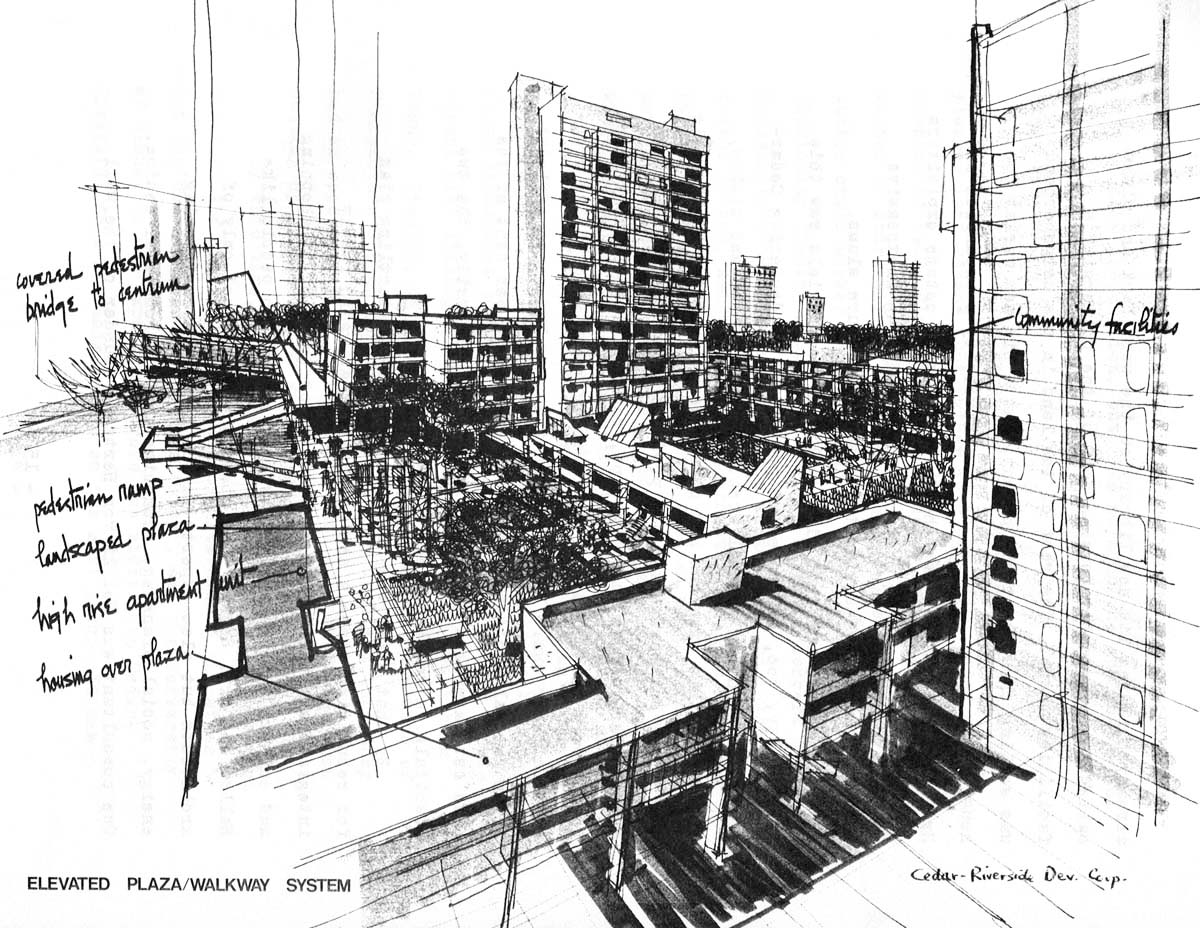Manuscript in Preparation
Master Plan: Soft Power and the Politics of Architectural Expertise, 1945–75
Collaborative Book Project with Joss Kiely (University of Cincinnati), Begun 2019

In the post-WWII period, master plans designed by architects committed to modernist ideals reimagined cities and campuses as orderly and aesthetically pleasing agglomerations. These master plans were used as a means to channel growth and development, but were also often enlisted either as fundraising tools in capital campaigns by NGOs and cultural institutions, or as instruments of consent-building by the government agencies and multinational corporations who asserted American soft power at home and abroad. This project considers master plans prepared by US architecture and landscape architecture firms before or during the rise of urban design as a distinct practice with its own expertise and techniques — between the end of WWII and the 1970s. Projects to be considered include campus planning for universities, downtown urban renewal proposals, new town planning, neighborhood redevelopment, and large-scale infrastructural projects. These works are categorized according to a selection of verbs— live, work, play, shop, learn, govern, move — to suggest the primary activities around which the plans were prepared.
Perspective drawing of master plan proposal for Cedar-Riverside “New Town-In Town” in East Minneapolis by Ralph Rapson.
Perspective drawing of master plan proposal for Cedar-Riverside “New Town-In Town” in East Minneapolis by Ralph Rapson.